Mantis Tiller Blades: How To Keep Them Sharp And Working Properly
Here are some additional tips for keeping your Mantis tiller blades sharp:
- Sharpen the blades regularly. A good rule of thumb is to sharpen the blades every 20-30 hours of use.
- Store the blades in a dry place when they are not in use. This will help to prevent them from rusting.
- If you strike a rock or other hard object while tilling, inspect the blades for damage. If the blades are damaged, they will need to be sharpened or replaced.
Looking for mantis tiller blades? Visit Home Gardening for more information about our wide selection of replacement blades. We have blades for all Mantis tiller models, so you're sure to find the perfect one for your needs. Our blades are made from high-quality materials and are designed to last. Plus, we offer a satisfaction guarantee, so you can be sure you're making a wise investment.
Visit Home Gardening today to learn more about our mantis tiller blades!
FAQ of mantis tiller blades
- How often should I replace my Mantis tiller blades?
The frequency with which you need to replace your Mantis tiller blades will depend on how often you use the tiller and how hard you use it. If you use the tiller on a regular basis and you till hard-packed soil, you may need to replace the blades every year or two. If you use the tiller less often or you till softer soil, you may be able to get away with replacing the blades every three to five years.
- How do I know if my Mantis tiller blades need to be replaced?
There are a few signs that can indicate that your Mantis tiller blades need to be replaced. These signs include:
* The blades are dull and no longer cut through the soil easily.
* The blades are bent or damaged.
* The blades are missing teeth.
If you notice any of these signs, it's time to replace your Mantis tiller blades.
- How do I remove and replace Mantis tiller blades?
Removing and replacing Mantis tiller blades is a relatively easy process. Here are the steps involved:
- Tip the tiller forward until it is resting on the carrying/bumper handle.
- The outer tines are secured by a retaining pin, remove the pin.
- Carefully pull the outer tines off of the drive shaft.
- Next carefully pull off the inner tines.
- To install new blades, simply reverse the steps above.
Image of mantis tiller blades
10 different images of mantis tiller blades that are free to use:
- Standard tines: These are the most common type of mantis tiller blade. They are designed for general-purpose tilling and can be used to break up soil, mix compost, and remove weeds.

- Heavy-duty tines: These tines are designed for tilling hard or compacted soil. They are stronger and have a longer lifespan than standard tines.
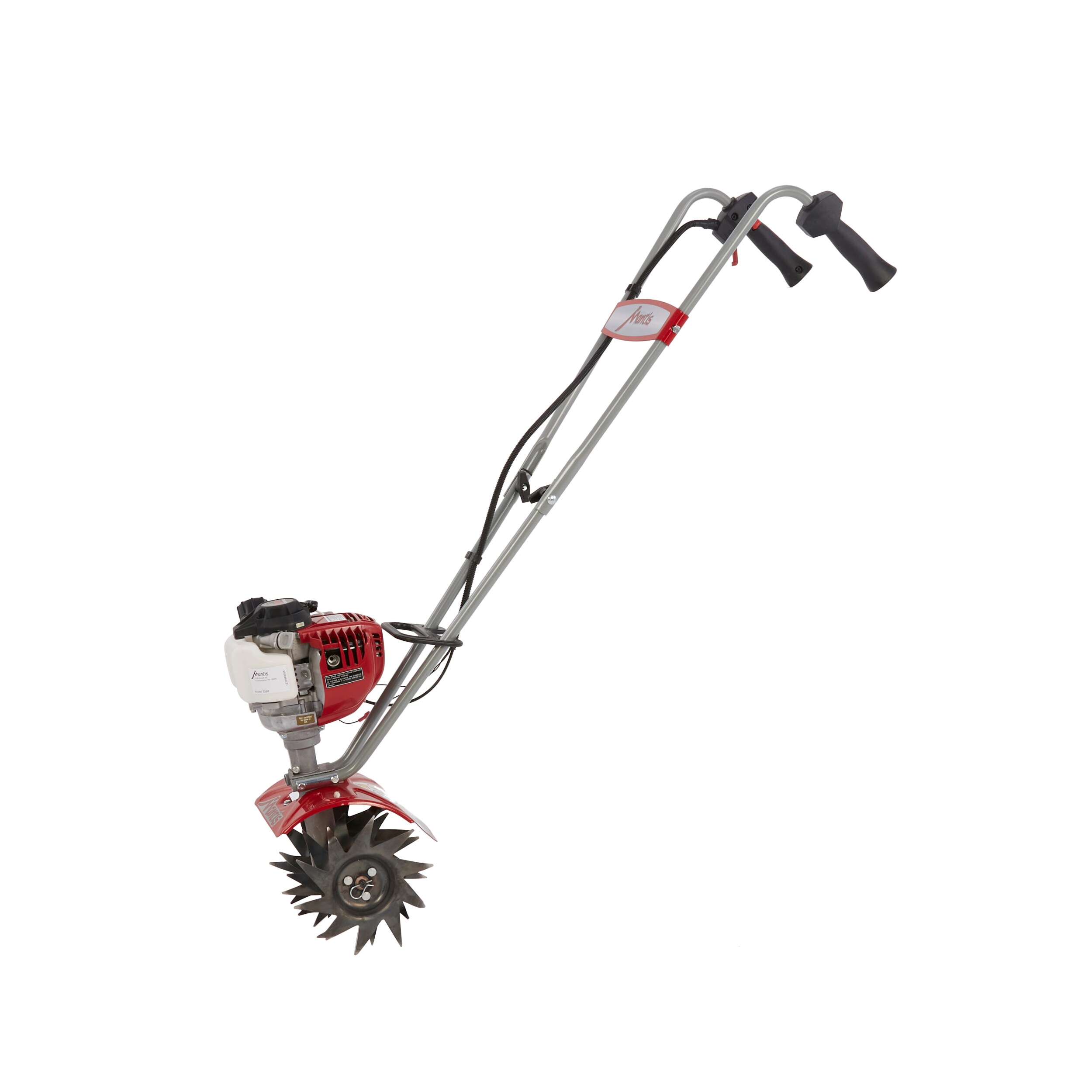
- Cultivator tines: These tines are designed for cultivating soil. They are shorter and have a wider spacing than standard tines, which allows them to break up the soil without disturbing the underlying layers.

- Edger tines: These tines are designed for edging gardens. They are curved and have a sharp point, which allows them to create a clean edge along walkways, flower beds, and vegetable gardens.
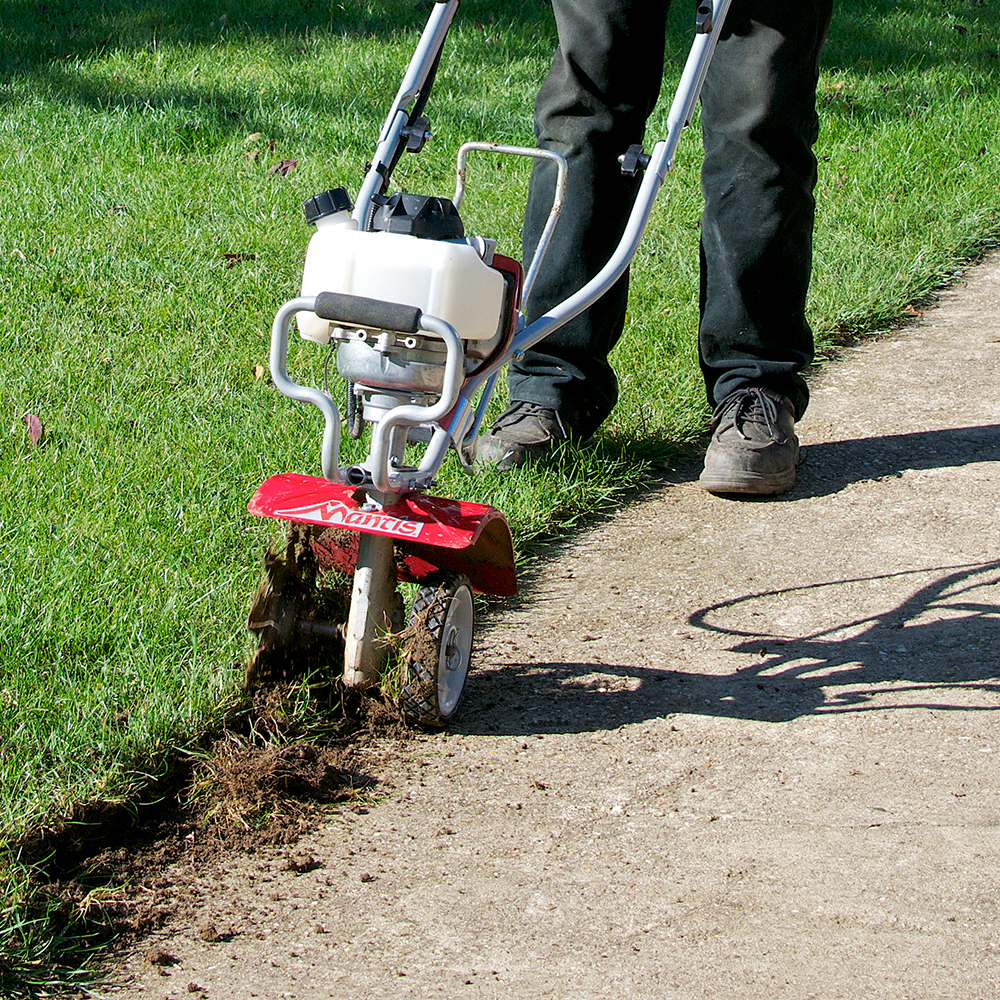
- Dethatcher tines: These tines are designed for removing thatch from lawns. Thatch is a layer of dead grass and organic matter that can build up on lawns and prevent water and nutrients from reaching the soil.
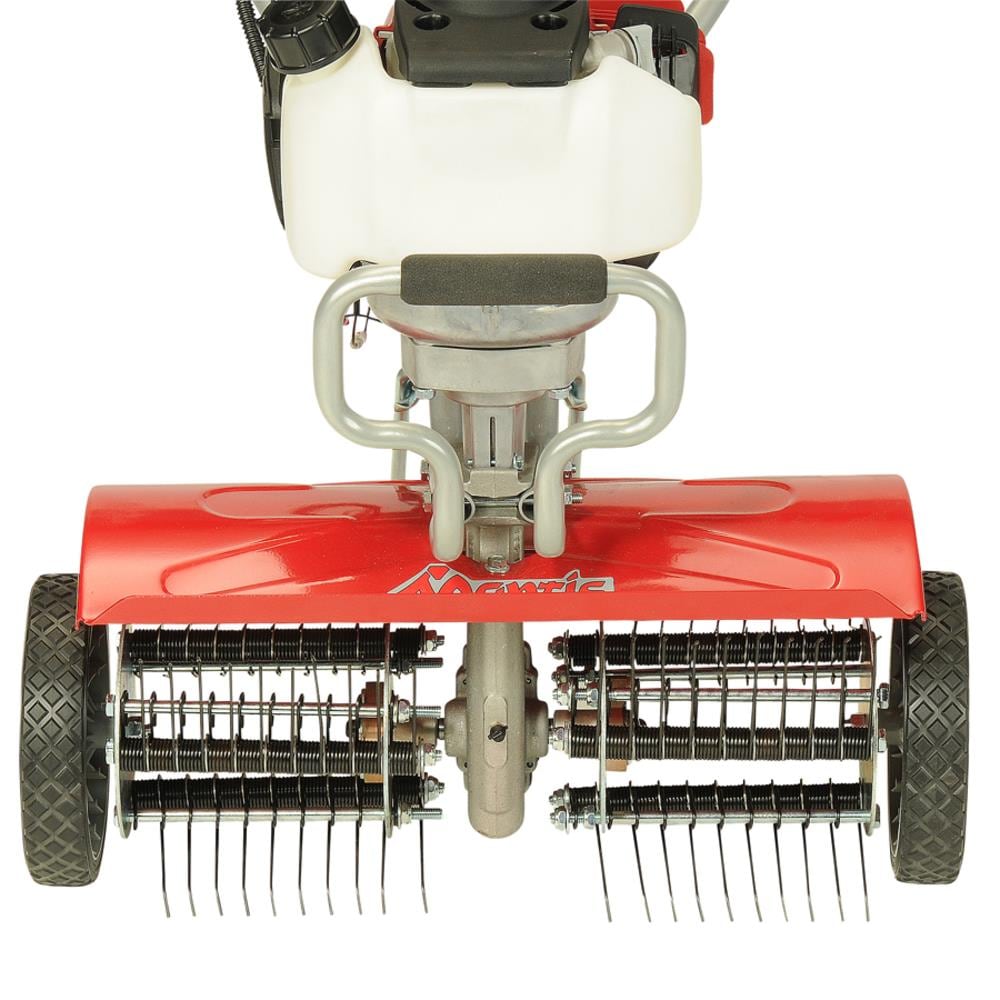
- Aerator tines: These tines are designed for aerating lawns. Aeration is the process of creating small holes in the soil, which allows air, water, and nutrients to reach the roots of grass plants.

- Garden row plow: This attachment is designed for creating garden rows. It has a sharp blade that cuts through the soil and creates a narrow, straight furrow.

- Furrower: This attachment is similar to the garden row plow, but it creates a wider, shallower furrow. It is often used for planting seeds or tubers.
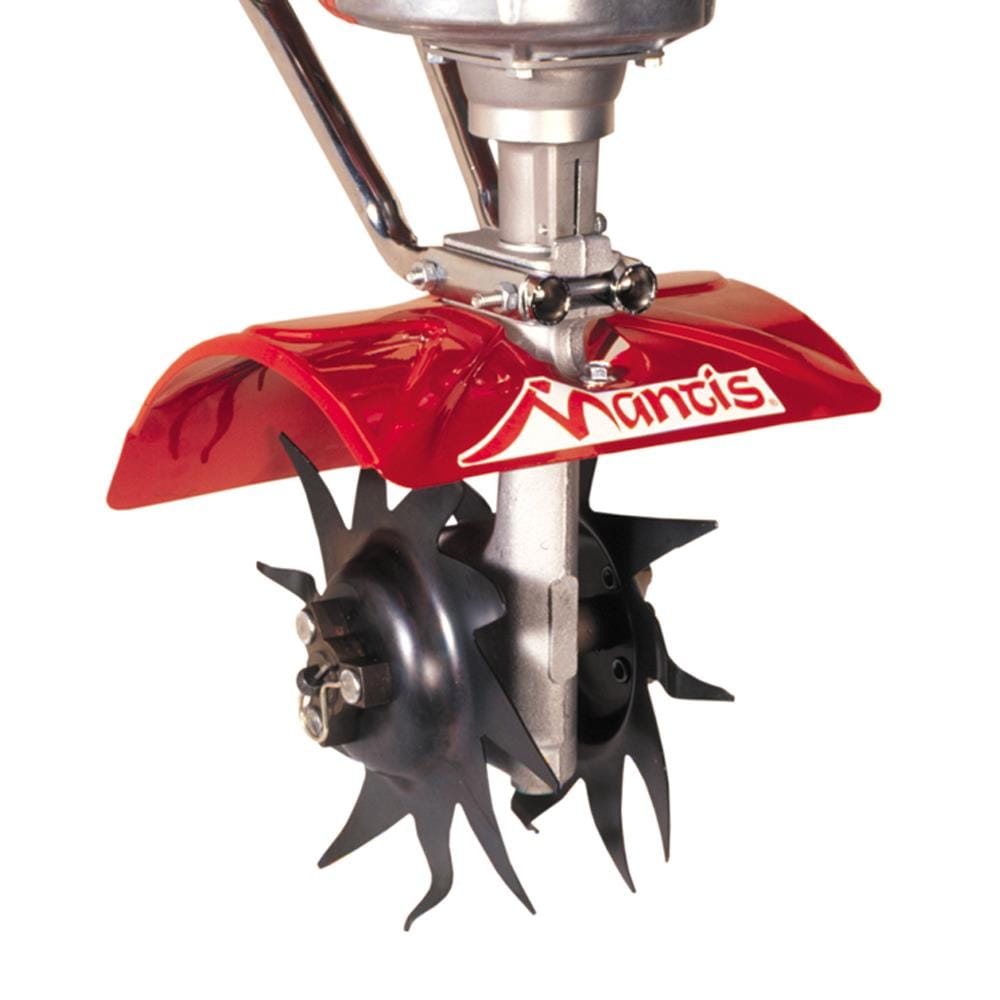
- Cultivator blade: This blade is designed for cultivating soil. It is similar to a cultivator tine, but it is wider and has a sharper point. This allows it to break up the soil more effectively.

- Sod cutter: This attachment is designed for cutting sod. It has a sharp blade that cuts through the soil and roots of grass plants, allowing you to remove a section of sod for replanting or other purposes.
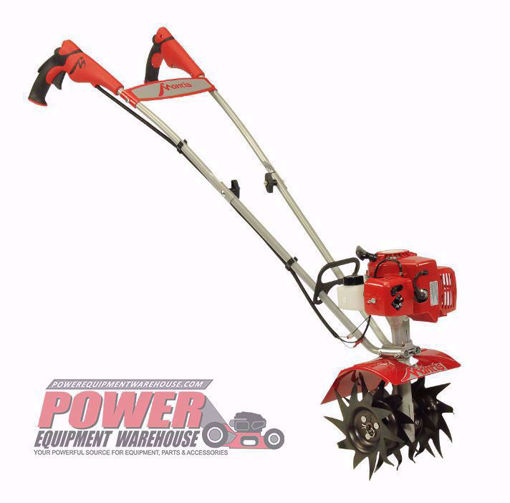
Post a Comment for "Mantis Tiller Blades: How To Keep Them Sharp And Working Properly"